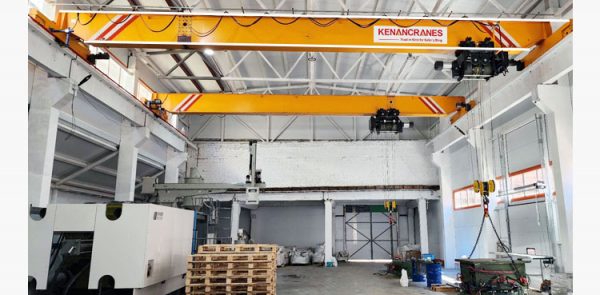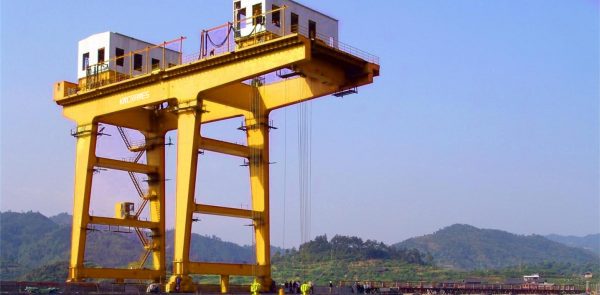WhatsApp: +8619037303916
Email: [email protected]
WhatsApp: +8619037303916
Email: [email protected]
Crane parts service
Used to support the crane and load, and at the same time allow the crane to run reciprocating on the specified track.

This kind of manufacturing usually uses a variety of cranes, including High working class, high lifting capacity crane, low working class, low lifting capacity crane.

Kinocranes power station cranes are mainly used in thermal power stations and hydroelectric power stations.
The cranes provided by Kinocranes for hydroelectric power stations mainly include spillway gantry cranes and turbine room cranes
Leave Message
Please feel free to contact us!
TO TOP